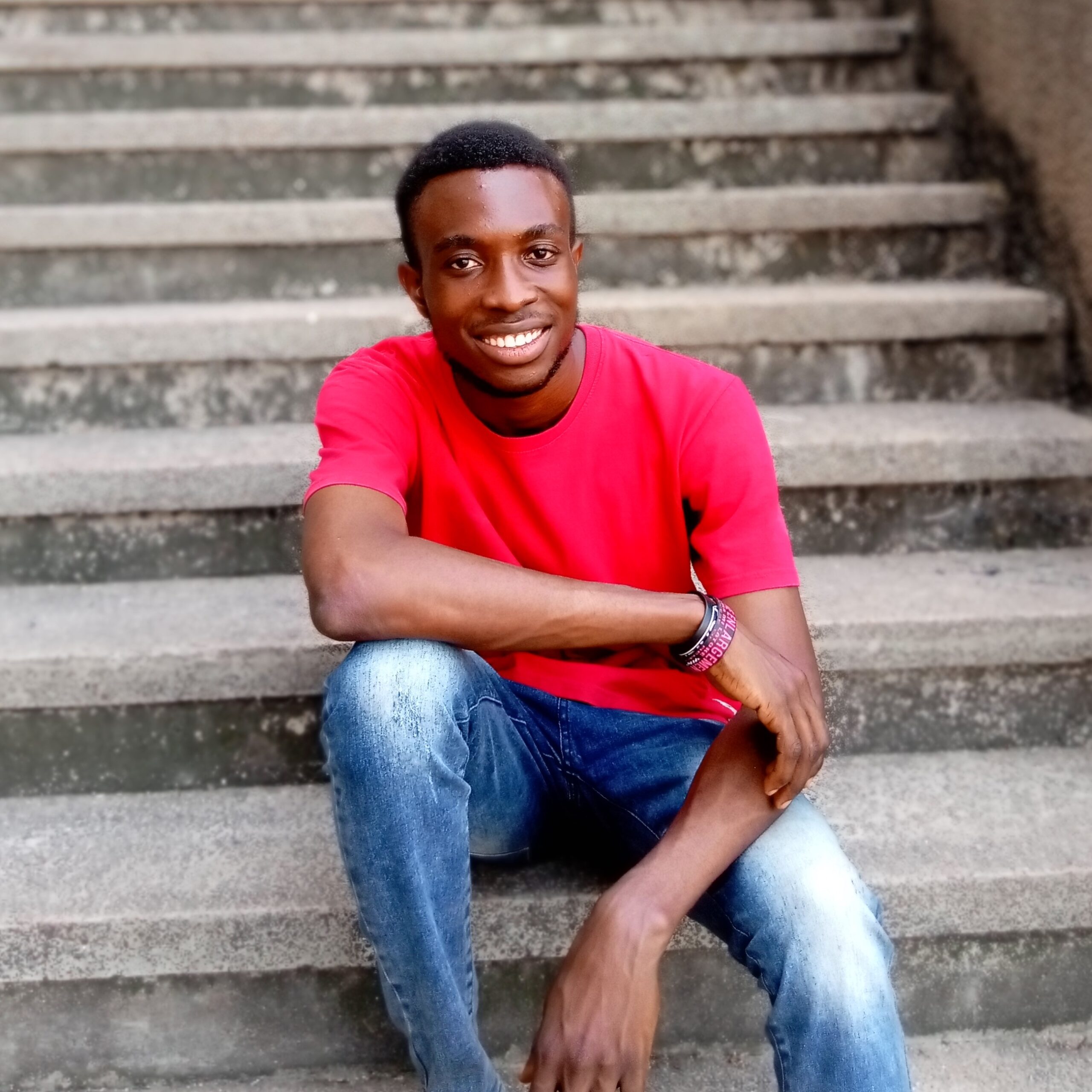The “Water House” on Kakawa Street, Lagos Island, is one of Nigeria’s most striking material legacies of Afro-Brazilian returnee culture. Owned by Candido João Da Rocha (1860-1959), the house combines architectural features typical of returnee domestic aesthetics arched windows, stucco ornament, wrought-iron balustrades, and formal verandas, with adaptations to the tropical environment. It stands as a testament to returnee craftsmanship, property-based wealth, and entrepreneurial innovation during the colonial era.
EXPLORE NOW: Military Era & Coups in Nigeria
Candido João Da Rocha and His Social Station
Candido João Da Rocha was born in 1860. His father, João Esan Da Rocha, was a Brazilian returnee of Ijesha (Yoruba) descent. Candido attended CMS Grammar School, Lagos, where he was contemporaneous with figures such as Herbert Macaulay and Isaac Oluwole. He inherited property holdings from his father—including what became known as the Water House on Kakawa Street—and became a major figure among Lagos’s returnee and indigenous merchant elite. He also owned the now-defunct Bonanza Hotel and was active in credit, real estate, and commerce more broadly.
The Water House and Its Well Utility
The Water House derived its name from the well or borehole on the grounds (later fitted with an imported iron pumping mechanism), which served both the household and neighbouring residents. At times, water was sold; at other times, it was freely given. This private water provisioning contributed to Candido Da Rocha’s reputation for both enterprise and social service.
While the house’s water supply system was locally known and commercially leveraged, no archival record confirms that it became part of a formal municipal waterworks network or that colonial governments contracted him to supply water across multiple districts from Iju to Lagos Island. The boundary between private utility and public infrastructure in this case remains part of the legend rather than verified municipal history.
Afro-Brazilian Craftsmanship and Architectural Significance
The architectural style of Water House is unmistakably linked to Brazilian returnee aesthetics, part of the “Popo Aguda” quarters in Lagos. Built by or commissioned by João Esan Da Rocha in the late nineteenth century and inherited by Candido, the building displays high ceilings, many arched windows, decorative balustrades, stucco ornament, and other elements that mirror the hybrid form found in Bahia and other Brazilian centres. The returnee craftsmen in Lagos imported building techniques, materials, decorative design, and sensitivity to urban formalities.
Enterprise, Commerce, and Credit
Candido Da Rocha’s business activities included property ownership (notably Water House and other premises), hospitality, small retail trading (textiles, general merchandise), and involvement in credit or lending activity. He was a creditor in the Lagos Native Bank (or similar native credit operations), dealt in agricultural produce like kola nuts and other local exports, and made strategic investments in land. These ventures placed him among the wealthiest indigenous businessmen in Lagos in the late nineteenth and early twentieth centuries.
Reputation, Memory, and Wealth Claims
Over time, popular memory has labeled Candido Da Rocha “Nigeria’s first millionaire.” This reputation is widespread in press reports, oral histories, and public conversation. It reflects both his very visible wealth and pioneering commercial success among African merchants of his era. However, historians note that such titles are symbolic; no definitively preserved probate, financial ledger, or audit from the period has been found that provides a precise valuation enabling one to confirm that status in modern or colonial currency metrics.
Similarly, some stories (e.g., of sending laundry to Britain, or that water supply functions became municipal infrastructure) are part of family lore or popular telling, but not confirmed by colonial records. They serve memory and identity as much as biography.
Location, Urban Visibility, and Legacy
Water House is located on Kakawa Street (No. 12 Kakawa Street in many references), Lagos Island. It is in the returnee-quarter area (“Popo Aguda”) near busy commercial arteries, making it architecturally and socially visible. Urban historians and conservationists often cite it among the few remaining well-preserved returnee houses—others having been lost to decay or demolition. It functions as both a private residence for much of its history and a landmark in Lagos’s heritage landscape.
Interpretive Cautions and Scholarly Gaps
While many of the boldest claims about Da Rocha are rooted in communal memory (house built as in Brazil, well business, wealth, reputation), there remain gaps:
- No archival municipal or colonial government minute has been found verifying that his private well infrastructure was formally converted into public waterworks or that he was contracted by colonial administration for widespread water supply.
- Wealth claims (being “first millionaire,” gold-deal profits, huge land holdings) are often based on secondary sources, family recollections, or press features, rather than rigorous economic documentation.
- Business directories or trade registers of the era provide some property records, but precise financial statements or tax records for the full scope of his empire are not widely published.
The Water House on Kakawa Street and the life of Candido João Da Rocha offer a rich, layered portrait of Lagos in the colonial era: returnee architecture, private innovation, entrepreneurial agency, and social prestige. The architecture of the Water House makes visible the craft of Afro-Brazilian returnees; the private well illustrates how essential services could be locally supplied; Da Rocha’s commercial activity shows how African elites mediated between colonial structures and indigenous aspiration.
READ MORE: Ancient & Pre-Colonial Nigeria
Author’s note
When interpreted with care, distinguishing between what is well-documented vs what comes from family lore and popular legend, the story remains powerful. It underscores that Lagos’s urban modernity was not simply handed down by colonial or foreign actors, but built by Africans who invested capital, taste, and social imagination.
References
“Da Rocha’s Water House.” Punch Newspapers, 1 October 2017.
“Facts about Candido da-Rocha, the generous capitalist.” The NEWS Nigeria.
“The Nigerian millionaire who was the son of a returnee slave.” Pulse Nigeria, Nov 2017.
“How Brazilian Architecture Redefined Lagos History And Heritage.” The Guardian Nigeria.

